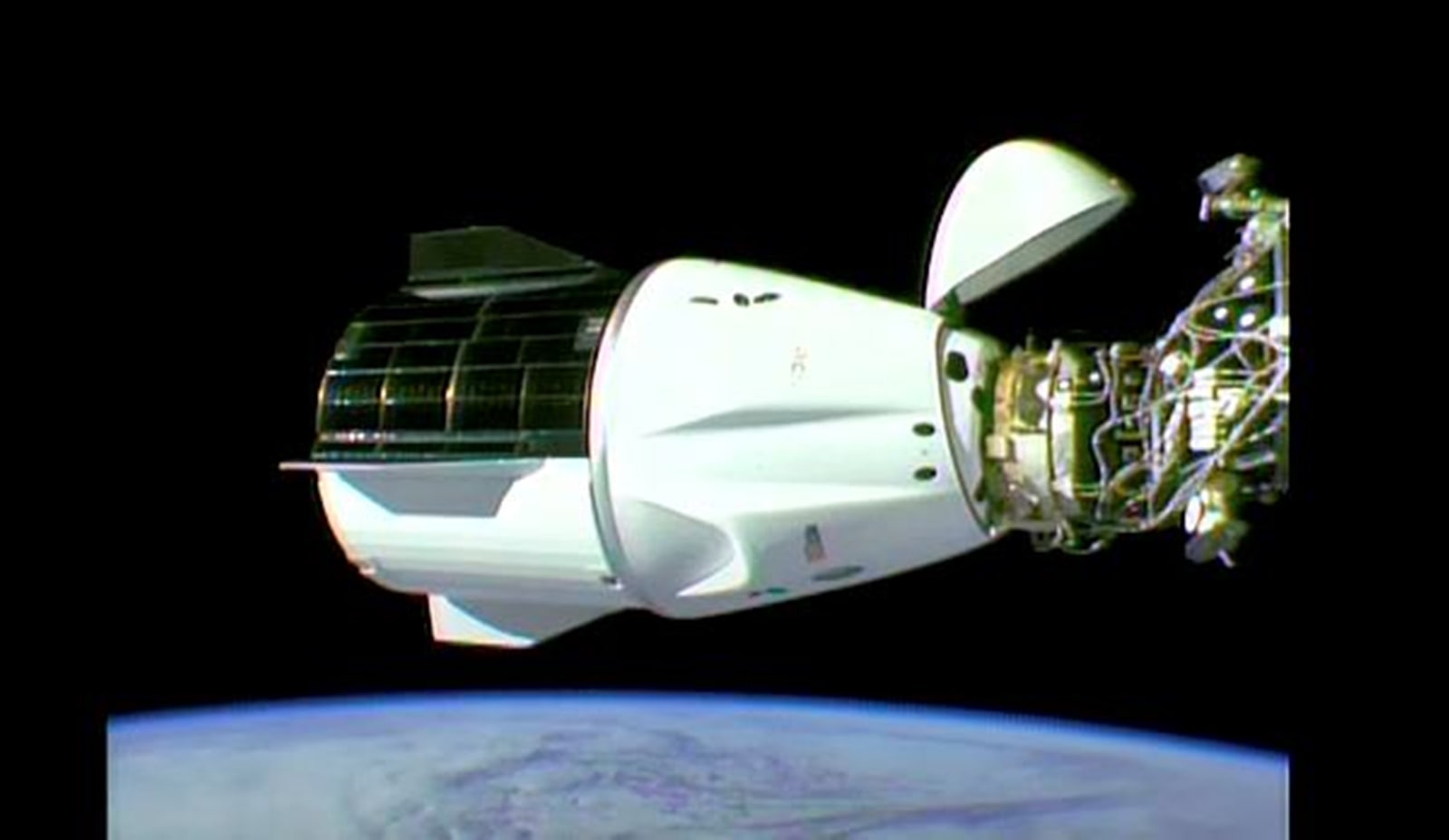Nasa astronauts Sunita Williams and Barry ‘Butch’ Wilmore are finally set to return to Earth after spending nine months in space in a mission that was initially meant to last just a week.
The unplanned extension has tested the astronauts’ adaptability, as they have had to wait for the formulation of a safe return plan. Meanwhile, its long-term effects on their bodies cannot be ignored. Astronauts in space experience significant physiological changes due to prolonged exposure to microgravity, radiation, and isolation. The toll on muscles, bones, and even mental health can be severe. But what exactly happens when a mission lasts much longer than expected?
Dr Raghu Nagaraj, director of the Institute of Orthopaedics, Sports Medicine, and Robotic Joint Replacement at Kauvery Hospitals, Bengaluru, shares insights on the health risks both astronauts may face after spending nine months in space.
Muscle and bone loss in microgravity
“In microgravity, muscles – especially those in the lower back, legs, and core – lose mass and strength because they are not being used to support body weight. Similarly, bones, particularly in the spine, hips, and legs, undergo mineral loss, increasing the risk of fractures. Upon their return to Earth, astronauts may experience difficulty standing, walking, and balancing as their musculoskeletal systems readjust to gravity,” explains Dr Nagaraj.
 A live video from the International Space Station (Official NASA Stream) show the SpaceX crew capsule. The capsule successfully docked at the International Space Station (ISS) on Sunday, delivering a new team of astronauts to replace Nasa’s two stranded crew members; Butch Wilmore and Sunita Williams, who have been stuck in orbit for over nine months. (PTI Photo)
A live video from the International Space Station (Official NASA Stream) show the SpaceX crew capsule. The capsule successfully docked at the International Space Station (ISS) on Sunday, delivering a new team of astronauts to replace Nasa’s two stranded crew members; Butch Wilmore and Sunita Williams, who have been stuck in orbit for over nine months. (PTI Photo)
Mental health and coping with isolation
Williams spoke about the emotional challenge of waiting for a return date. Dr Nagaraj notes that “prolonged isolation and uncertainty can cause stress, anxiety, and even depression. To maintain mental well-being, space agencies implement structured routines, scheduled communications with family and psychologists, and recreational activities like movies, music, and reading.”
“Additionally, astronauts are trained in resilience-building techniques to manage stress. Once back on Earth, they often undergo psychological debriefings and counselling to reintegrate smoothly into normal life,” he says.
Impact of cosmic radiation
Extended exposure to cosmic radiation weakens the immune system. “Astronauts may be more susceptible to infections and slower wound healing,” says Dr Nagaraj. “There is also an increased risk of cardiovascular diseases and certain cancers. Space agencies monitor their immune health post-mission and recommend lifestyle modifications.”
Story continues below this ad
Other health concerns
Returning astronauts face additional challenges. “Vestibular dysfunction affects balance, and orthostatic intolerance can cause dizziness due to circulation changes,” adds Dr Nagaraj. “Spaceflight-Associated Neuro-ocular Syndrome (SANS) can lead to lasting vision issues. While most effects improve with rehabilitation, long-term risks like bone loss and radiation exposure require ongoing medical monitoring.”
Splash down soon
“The hardest part is having the folks on the ground not know exactly when we’re coming back,” Williams admitted in a recent press conference from space. “It’s been a rollercoaster for them – probably more so than for us.”
Williams and Wilmore, accompanied by another astronaut from the National Aeronautics and Space Administration (Nasa) and a Russian cosmonaut, will return to Earth aboard a SpaceX Crew Dragon spacecraft, which docked with the International Space Station (ISS) early Sunday. The two originally reached the ISS in June 2023 on Boeing’s Starliner during its first crewed mission. However, propulsion system malfunctions rendered the vehicle unsafe for their return, resulting in the extended stay.
Nasa has announced that the astronauts are set to splash down in the ocean off Florida’s coast at approximately 5.57 pm local time on March 18 (3.27 am IST, March 19). To steer clear of potential weather-related disruptions later in the week, the agency moved the return date up by a day.
Story continues below this ad
DISCLAIMER: This article is based on information from the public domain and/or the experts we spoke to. Always consult your health practitioner before starting any routine.


